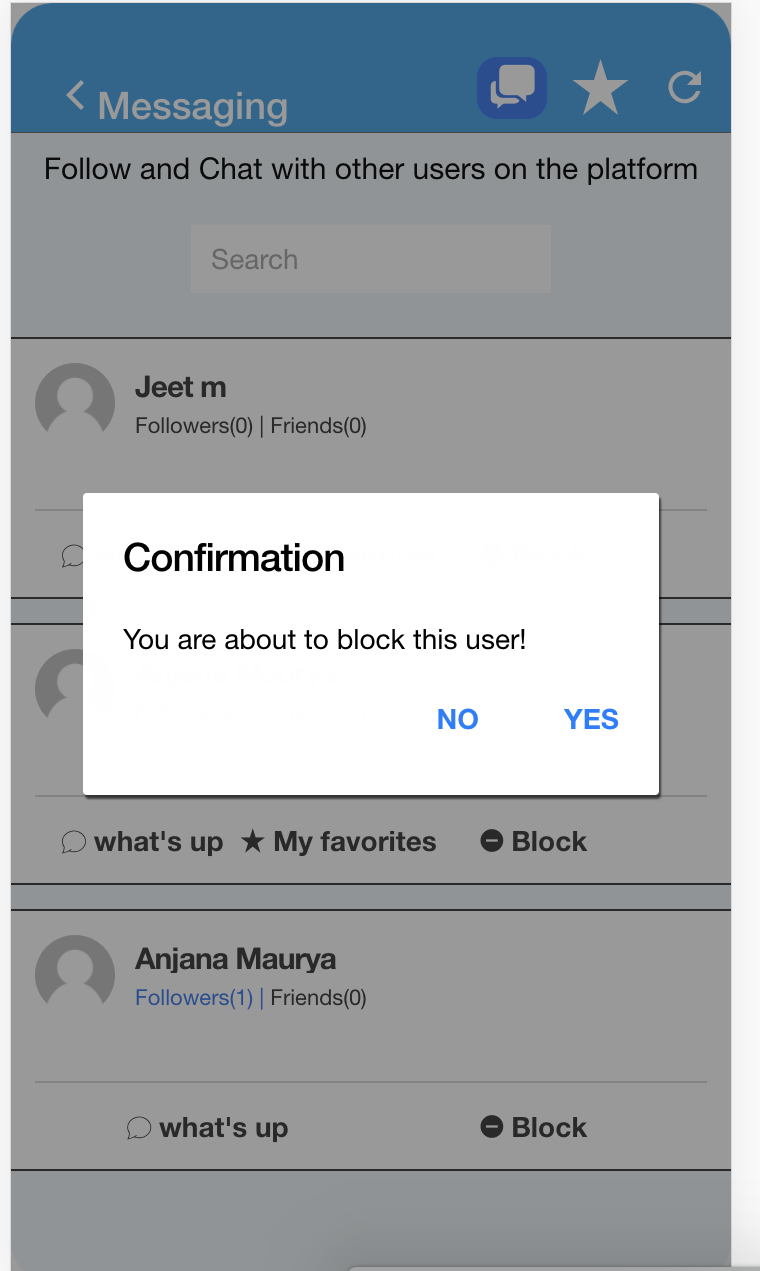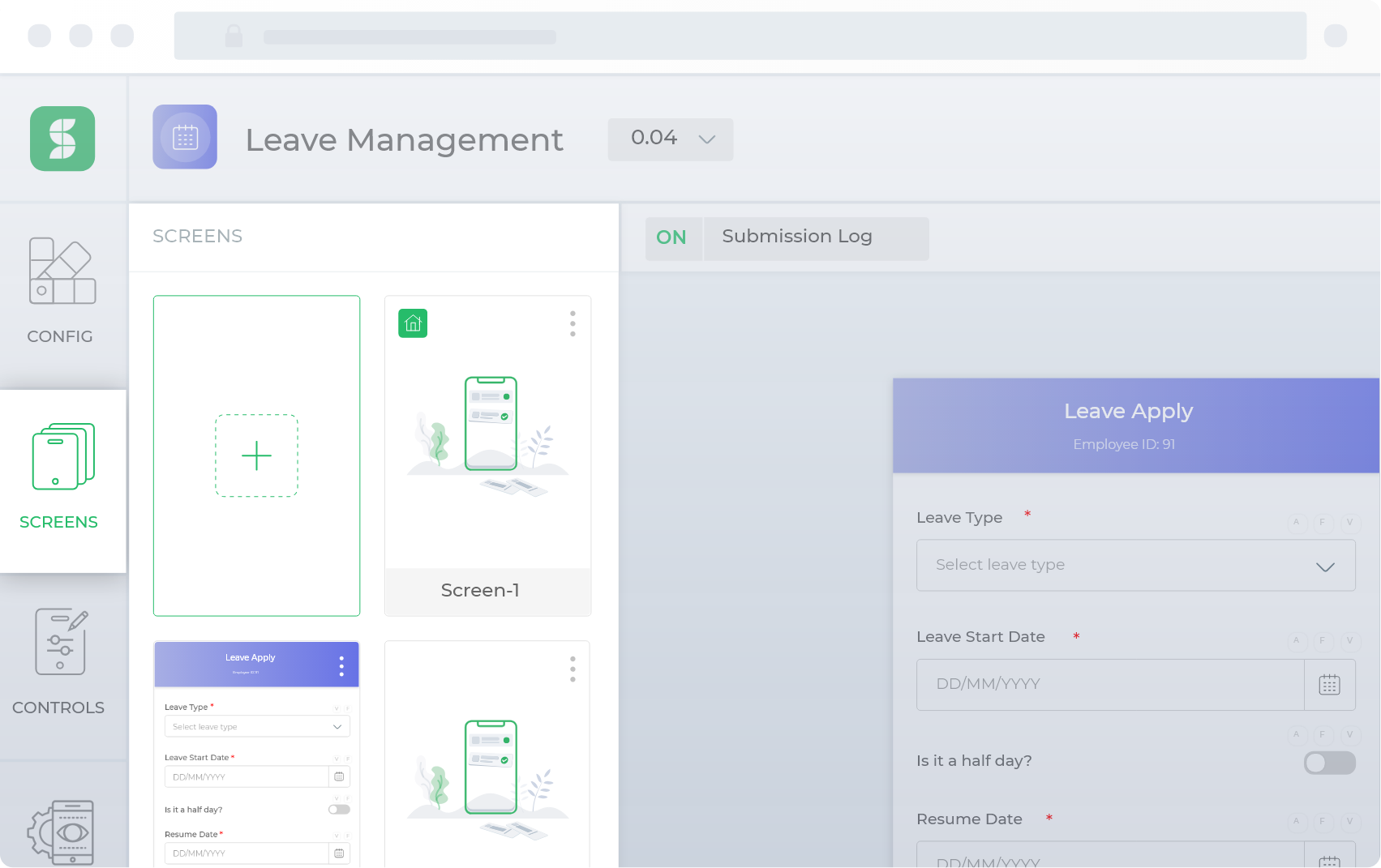

Any changes made on the app front end won’t be automatically reflected on the back end, i.e., on the original data source. You can also import data from an Excel spreadsheet by uploading a CSV file to Stacker. Stacker supports various types of data sources, like CRMs (e.g., HubSpot, Salesforce, Pipedrive), project management tools (e.g., Asana, Jira, Mavenlink), databases (e.g., MySQL, MongoDB, MariaDB), finance and payment apps (e.g., QuickBooks, Xero, Square) and much more.

Bring in data from 60+ different sources.This lets you simplify your workflow and reduce the number of tools (paid plans) you’re using. in Stacker, while also using our tool as your fully customizable project tracker. Going back to our project tracker example, you can have all the project data - tasks, deadlines, assignees, etc. This means you won’t need different tools for your app’s front end and back end. With this option, you can move your data out of various platforms and house it in Stacker. When someone marks a task as “Done” in Stacker, that change is automatically reflected in your Airtable base. For example, say you use Stacker as a project tracker on top of your Airtable base.
Native app builder no code update#
As a result, you only need to update one tool. Additionally, any changes you make on your front end are reflected on the back end (i.e., in the Airtable base or Google Sheet). When you sync to these data sources, Stacker automatically builds a working web app for you. Sync Stacker to your Airtable and Google Sheets data.You can choose between three different options: When you create a Stacker account, you’ll be asked to select where the data for your app will live. Here’s how this process works in detail: Step 1: Connect to Your Current Data Sources or Use Stacker as a Database Set permissions for who can access your app.Connect to your data sources or use Stacker as a database.You can build similar apps for your business with our no-code app builder in three simple steps: Put simply, Stacker’s versatility allows our clients to build all sorts of apps, including portals, budget trackers, CRMs, internal tools, resource directories, project management tools, and much more - without writing a single line of code. Thanks to the app, Makerpad’s students can login, track their learning progress, and exchange feedback. In order to provide the best possible experience for students, they created a companion app with Stacker. In early 2021, Makerpad launched a cohort-based course to help students learn to use no-code tools. Makerpad’s app that improves students’ experience.The app lets employees track their budget spending and gives them access to a playbook with resources about life at Zapier. Zapier’s accounting team uses Stacker to build a tool that helps them manage their work efficiently and provide transparency to team members. Zapier’s app for tracking employee budget spending.By using Stacker, Segment can give its members a way to login to the app, track their deals, and access a resource hub for startup founders. They house the data powering the app in Airtable while customizing the UI and setting permissions with Stacker.

Native app builder no code software#
Segment runs a program that supports early-stage startups with software deals, resources, and credits - all through a portal built with Stacker.


 0 kommentar(er)
0 kommentar(er)
